We have had the opportunity to visit a lot of science museums. While some exhibits are commonplace at almost every museum, each one we visit seems to have a few unique displays that intrigue us. Our visit to the Museum of Science and Industry (MSI), in Chicago, blew us away with their sheer volume of exhibits. We knew we were in for quite the experience, when we saw the immense building that sits along the shore of Lake Michigan. It became apparent that we would need to focus, as we launched our science search at MSI.
We want to thank the Museum of Science and Industry for their hospitality. Rest assured that all opinions are our own.
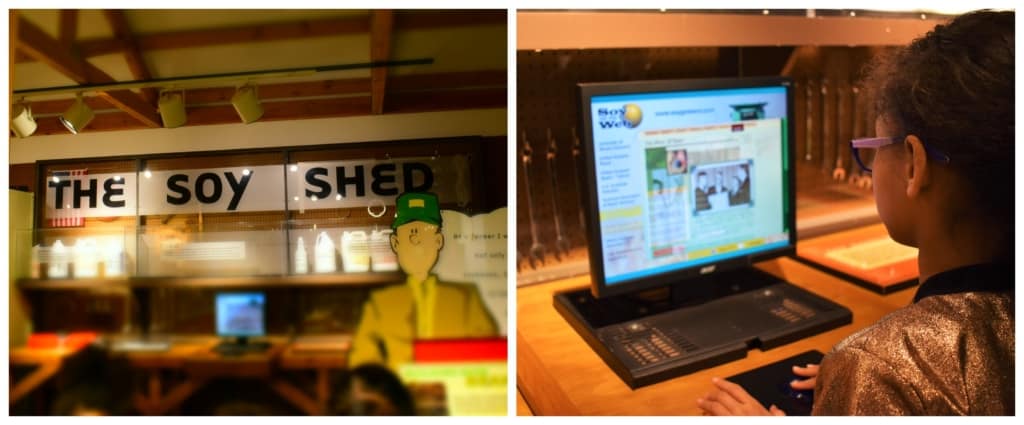
Science on the Farm
MSI is one of the largest science centers in the world. With that in mind, we knew that we would not make it to every exhibit. Our grandkids were joining us, so we determined to see as much as possible. With our map in hand, we headed into the museum to start our exploring. In the Farm Tech area, we found tons of interactive displays focused on farming. The Soy Shed dives into the science of soybeans. This versatile legume is used in a wide range of food products. We had an opportunity to research the history of soybeans, as well as go shopping in a virtual grocery store. While shopping, we were surprised to find out just how many products use soybeans.
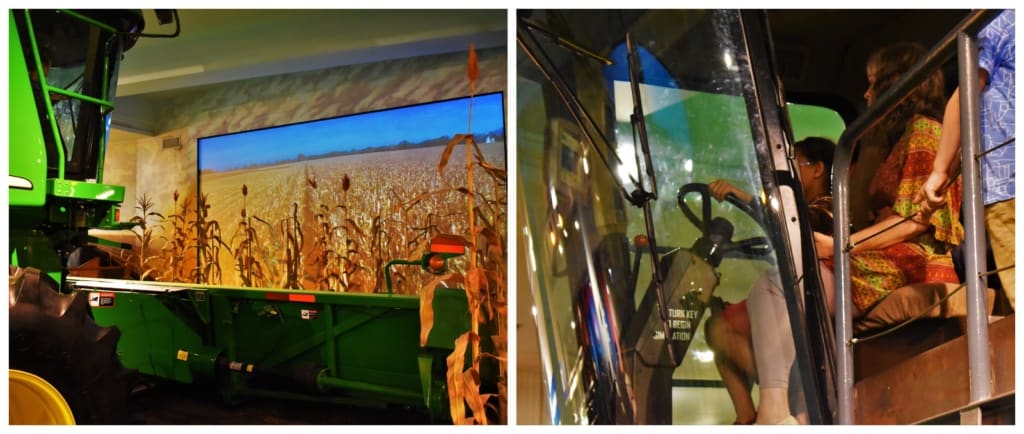
Harvest Time
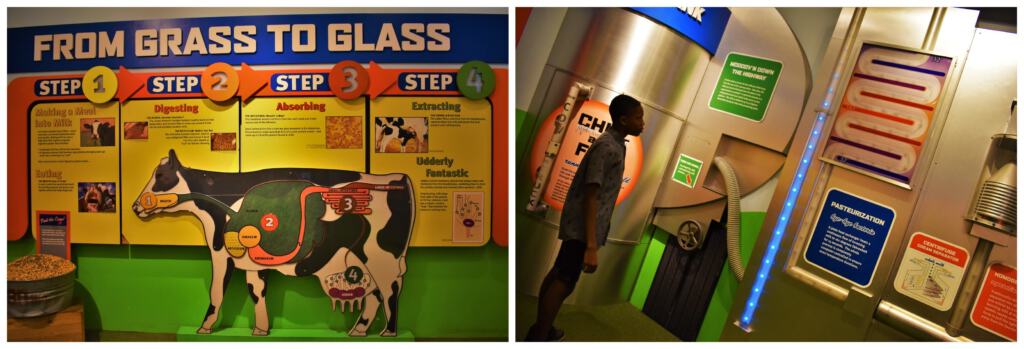
Now that we were in our farming mode, it was the perfect time to get in some harvesting time. Crystal and Laila jumped in line to take a turn in a John Deere combine. Jamal and I went digital by checking out a video game based on harvesting. After playing a couple of rounds, we decided to check up on the others. Our timing was perfect, as they were just jumping into the cab. We watched, as Laila cruised the rows of corn.
Grass to Glass
The next series of displays focused on the milk we drink and how it is processed. Each stage is explained, so it’s easy to see that there are many steps from cow to carton. In this area we also found some milking machines. The grandkids raced each other to see who could set up the milking machine quickest. This area of the museum was very popular with kids and adults alike. Our science search was definitely entertaining.
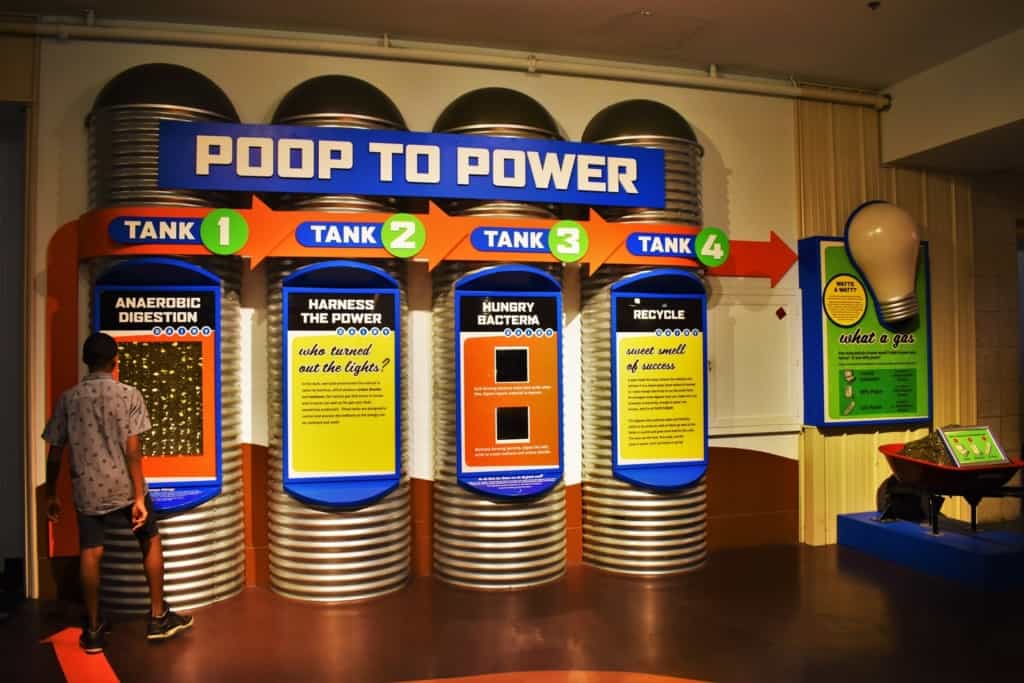
Alternative Fuel
With all of these cows needed to supply the milk for a growing population, something needs to be done with the byproducts. An interesting exhibit shows how scientists are working to develop ways to reuse the waste to create power. While some may think this is a novel idea, there are many utilities that are harnessing the power of methane exhaust as a power source. Many landfills are equipped to collect the methane that is produced during decomposition and burn it off to create electricity.

Engineering the Future
We moved deeper into MSI and stumbled upon the building blocks of human DNA. In the Genetics Lab, visitors can explore this mysterious science that has been rising to the forefront in the past few decades. Interactive displays allow all ages a chance to learn about mutations and genetic variations. We even watched some baby chicks pecking their way out of their shells. Another exhibit allowed us to discover whether we were related to Abraham Lincoln. Since we had recently visited his home in nearby Springfield, Illinois, this was a timely discovery. (You can see Abe’s home in this article.)
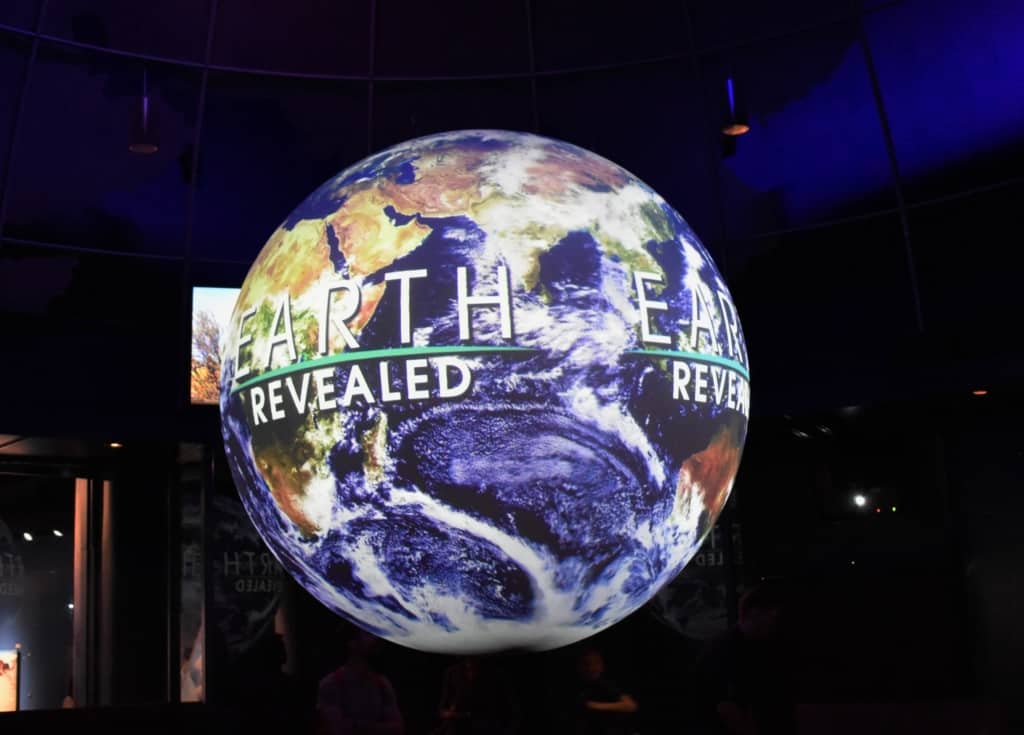
The World We Inhabit
Since we had explored the micro-world, why not take a step back and look at our planet from outer space? The Earth Revealed exhibit does just that. A floating orb sits in the middle of a room and visitors can watch a media presentation about the world in which we live. Using satellite images, we could see ocean currents, weather formations, and even air traffic patterns. This place was opening our eyes to so much new information, as we continued our science search.
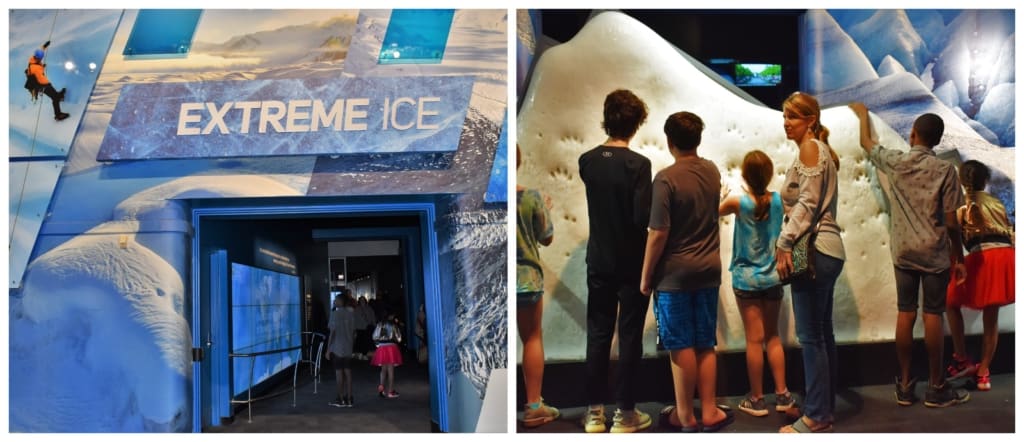
Warning Signs
Since we were viewing our planet, it only seemed appropriate that a nearby exhibit would focus on how humans are impacting the world. With a growing population, there is an ever increasing need to produce more energy, products, and modes of transportation. Each of these processes put off exhausts that alter our environment. The Extreme Ice exhibit was a chance for us to see how this is impacting our polar caps. Inside this cool (literally) display, we found an actual ice wall. Visitors can touch this 7 foot structure and see how humans alter the landscape. It let us have a hands-on look at our impact on the planet.
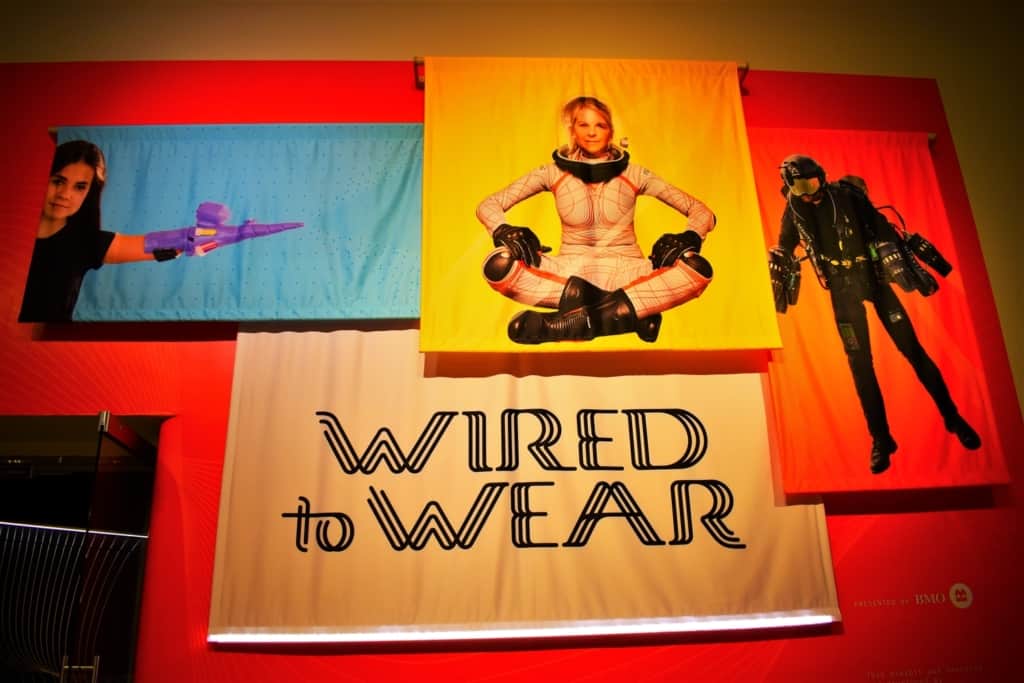
Wired to Wear
MSI has tons of exhibits that come with the regular admission price. They also toss in some added opportunities to see special exhibits. For a small charge, visitors can check out one of the temporary displays, like Wired to Wear. We popped into this unique exhibit to learn about wearable technology.
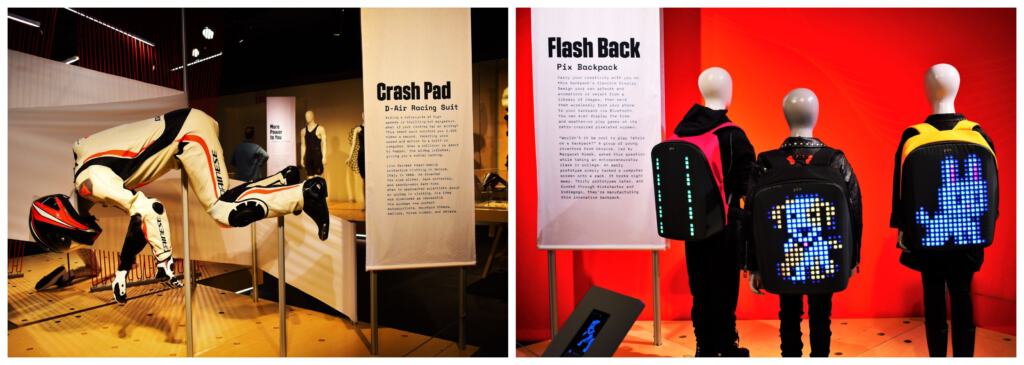
Changing Your Wardrobe
As we explored the exhibit, we found lots of examples of ways technology was improving our wardrobe. Some items seemed like things we could see in the store tomorrow, while others felt like they would be found in a science fiction movie. Many of the garments and accessories are being designed to improve the quality of life for humans. A crash suit for motorcyclists is being designed to limit or prevent injuries from accidents. Of course some items are just for fun. Backpacks with LED displays that can be customized are sure to be a huge hit with school children everywhere.
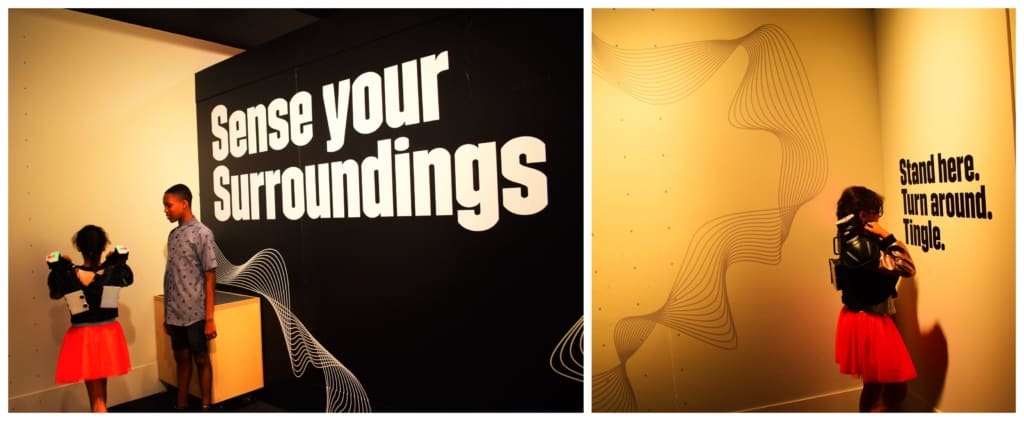
Clothes Changing Us
Adding technology to clothing is also assisting those with handicaps. Our grandkids tested out a jacket that uses a form of sonar to help the blind navigate. As they approached walls or obstacles, vibrations warned them of impending danger. We found some other apparel designed to increase safety. One of the most odd pieces, had to be a jacket that barked if you got too close. If you were staying up with our Instastory, you probably saw Crystal’s surprise when she discovered it. Another item that seems to be just for fun is the musical tattoos, which turn the body into an instrument.
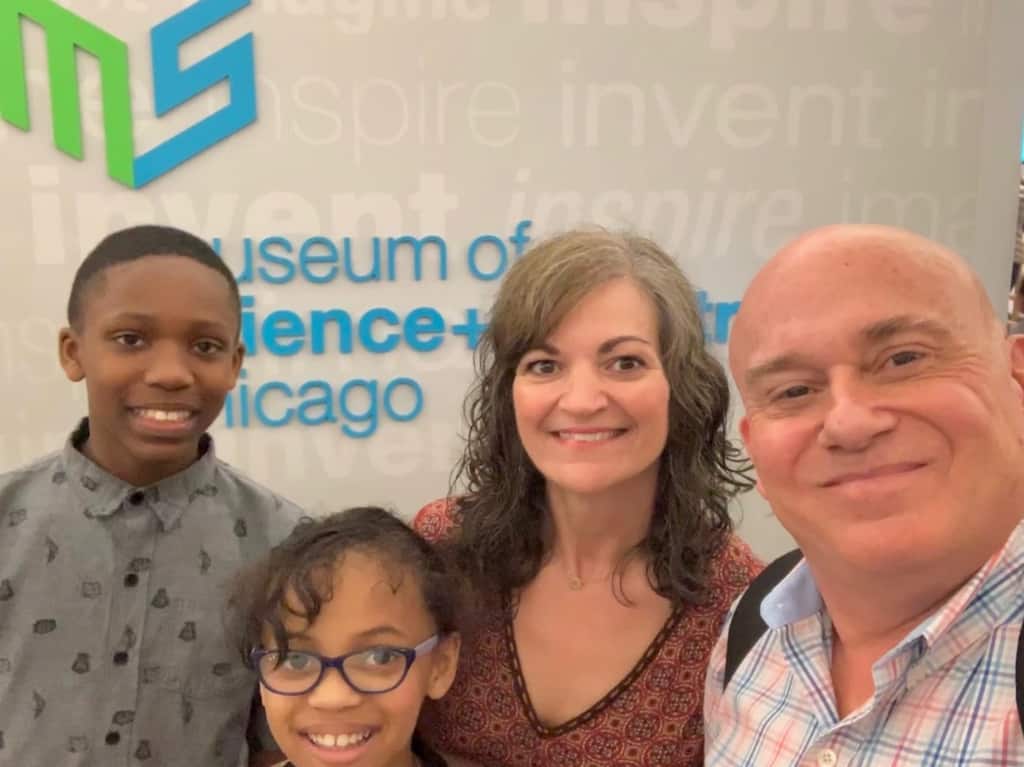
Science Search at MSI
We ended up spending around six hours at MSI, including our lunch break in their cafeteria. Even with all of that time, there were plenty of exhibits that we missed. To truly explore the Museum of Science and Industry you would need a couple of full days. For now, we were satisfied that our science search had opened our eyes to loads of new information. As we made our way towards our dinner stop, we discussed each person’s favorite exhibit. It became apparent that it was hard to choose just one favorite with so many great exhibits. Which one looks like it would be your favorite?


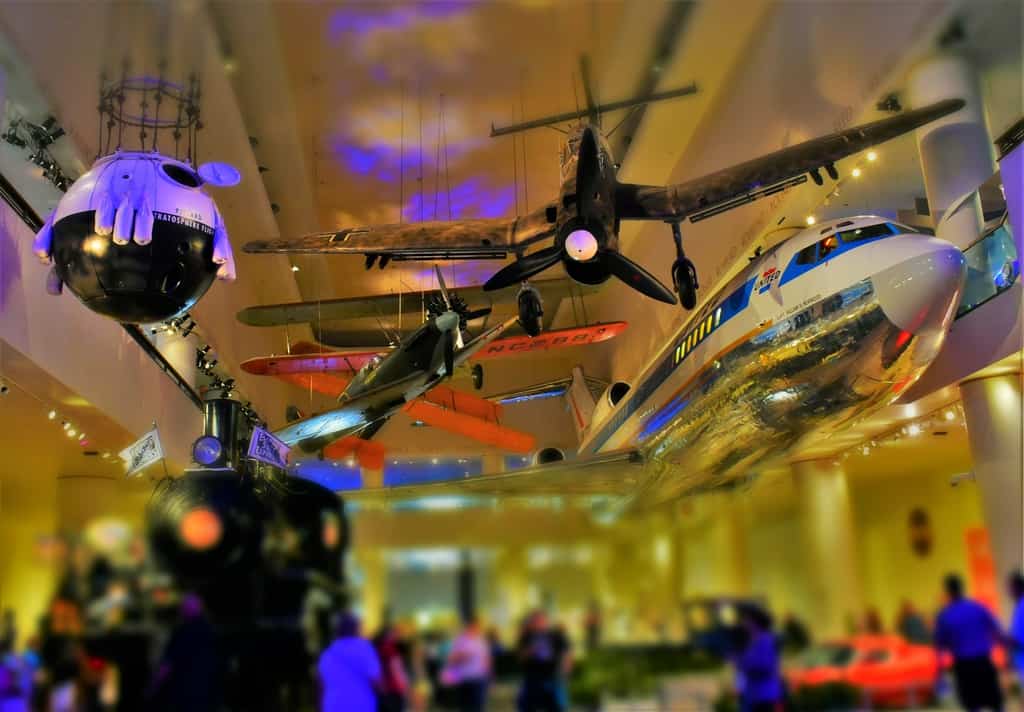
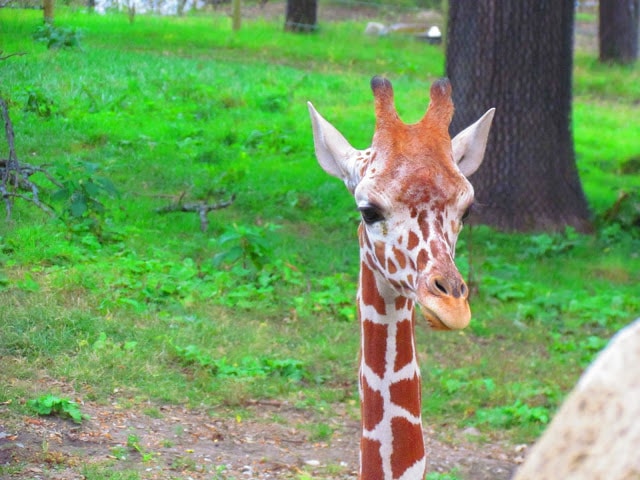
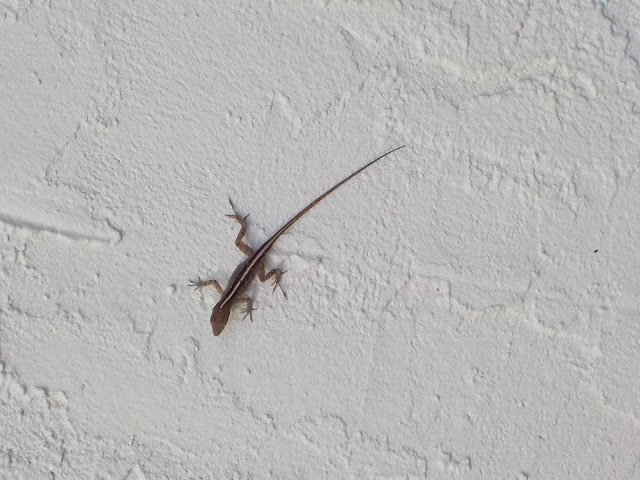
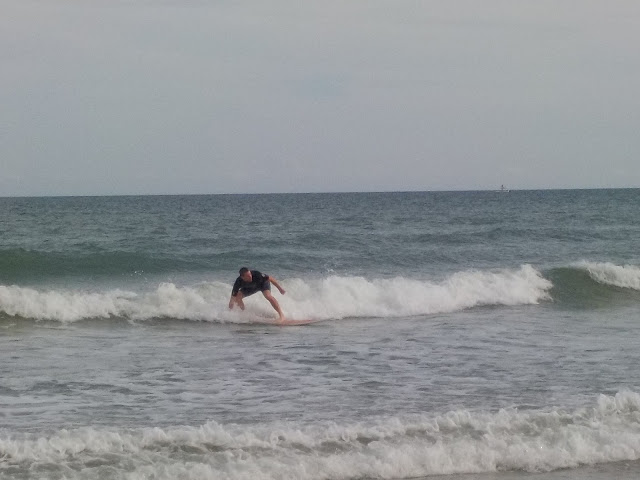
I think l would be torn between the poop to power or grass to glass. How nice to be able to spend time with your grandkids. Museums and food are two things we try and incorporate into our travels. Thanks for sharing.
So glad you enjoyed the article. It was certainly special to have the kids joining us. It gave us a different perspective on the exhibits.
I’ve been to a lot of Science Museums ( also with our grandkids) but have never been to one that has a farming section! I also love the sound of the Extreme Ice exhibit in Chicago – the ice wall sounds fascinating as well as educational. The barking jacket is also a cool thing for all ages to marvel at. You did well to last for six hours of exploring – that takes stamina! Time does fly with grandkids doesn’t it?
It is amazing how much energy you can muster when around those younger than ourselves. It felt like we were only there a couple of hours. Of course, later we discovered just how much it wore us out.
It has been over sixty years since I visited the Museum of Science and Industry. You have encouraged a return visit quite well!.
It is an amazing place and I’m sure it has changed a lot in the past few decades.